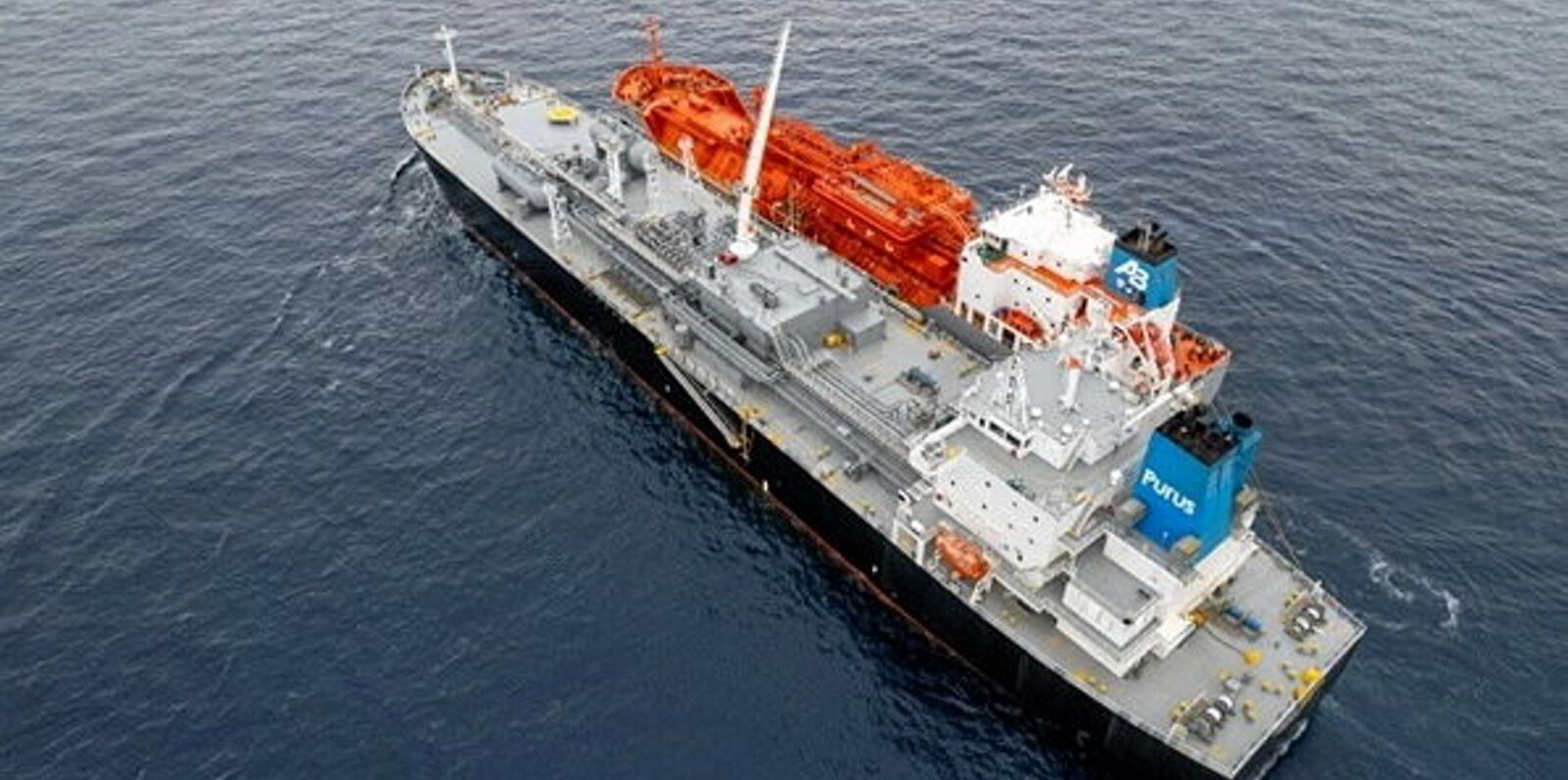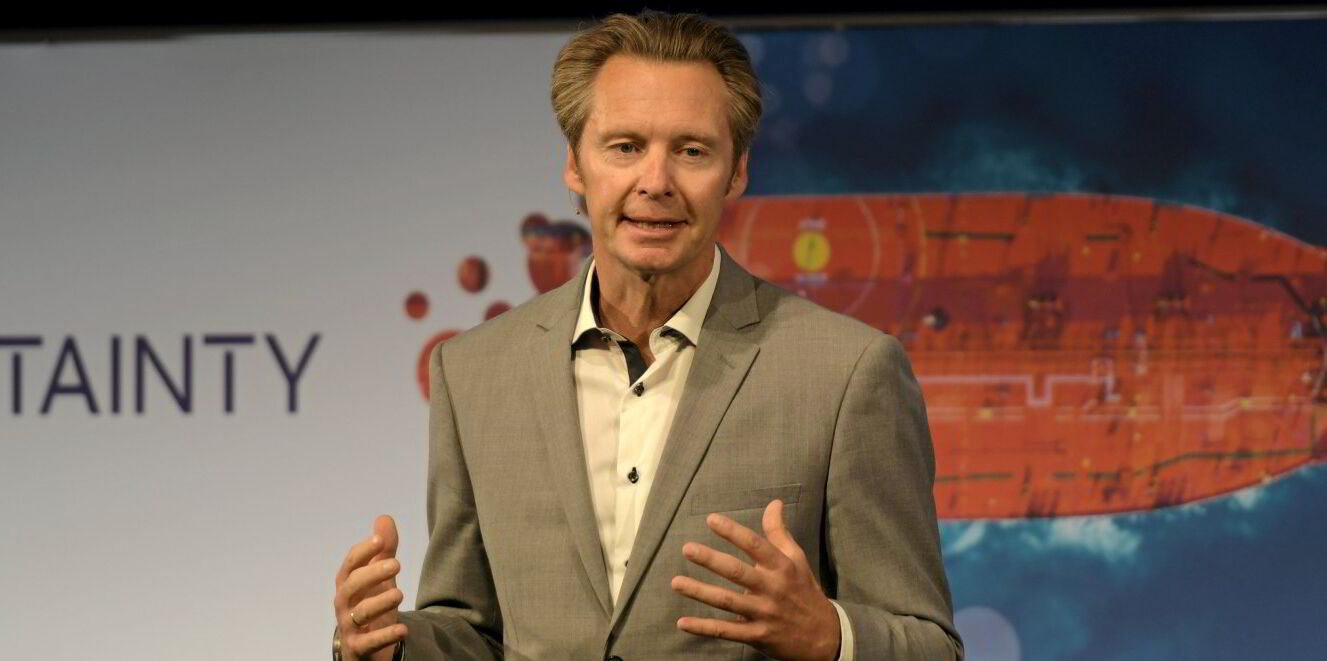One-third of all newbuildings ordered in the first half of 2024 were contracted with alternative fuelling systems, a decline from a high two years ago and at a time when shipping emissions for this year are on track to rise, according to Clarksons Research.
But the brokerage forecasts that over 20% of the world fleet will be capable of using new fuels by the end of the decade.
The Clarksons Research Green Technology Tracker’s first-half figures detailed that 310 units of 17.2m gt, equating to 41% of all tonnage ordered in the period, were reported to have alternative fuel capability.
These comprised 109 LNG-capable vessels — or 51 excluding LNG carriers — 49 that can run on methanol, 42 on LPG, 15 on ammonia and four on hydrogen.
Excluding LNG carriers, the relative share of LNG fuel-capable tonnage ordering increased relative to methanol-capable tonnage in the first half, compared to 2023 levels.
The research team compared the first-half figures to those for the full year 2023, when about 40% of total gt ordered were alternative-fuelled vessels, and to 2022, which logged a record 54% of the contracted volumes, up from 28% in 2020 and just 8% in 2016.
But Clarksons Research global head Steve Gordon commented: “Although the first half represents a decline on the share of alternative-fuel ordering since a 2022 high, this in part reflects a change in ship type ordering mix including, for the moment, lower order volumes involving container ships confirmed across 1H 2024.”
He added: “However, with the focus on future ‘optionality’, orders involving ‘ready’ status have increased to around a fifth of all orders.”
He detailed these as 169 orders representing some 22% of contracted tonnage.
Gordon said that with about 50% of the current orderbook being alternative-fuelled and the project investment, Clarkson Research forecasts that over one-fifth of the global fleet capacity will be capable of running on these new fuels by the end of the decade. Currently, that capability sits at 7% of the world fleet.
He cautioned that investments in port infrastructure and the availability of green fuels “continue to lag”.
Green Technology Tracker lists 273 ports with LNG bunkering and 251 ports with shore power connection in place or planned but just 29 ports with methanol bunkering available and planned.
The research team chief said retrofitting of energy-saving technologies will be “a crucial part” of shipping’s decarbonisation pathway.
He cited the ageing fleet of around 12.8 years on a gt-weighted basis, over 30% of fleet capacity rating Carbon Intensity Indicator of D or E in 2023 and long lead times of about 3.5 years at major shipyards.
Gordon said energy-saving technologies have been fitted on over 8,713 ships, accounting for 33.5% of fleet tonnage.
“Our tracker also includes 31 vessels in the fleet — plus 28 newbuilds — testing onboard carbon capture technology,” he said.
But the research head concluded: “We now estimate that shipping’s global GHG emissions will increase by about 3% in 2024.”
He estimated these will rise to 1,046m tonnes of CO2 equivalent on a well-to-wake basis and move above the start of Covid-19 levels.
Gordon attributes this to a higher proportion of time being spent at sea, assuming a continuation of Red Sea rerouting, some increases in speed particularly in the container ship sector and trade growth offsetting the growing share of alternative-fuelled vessels, “eco” ships and tonnage with energy-saving technologies.







